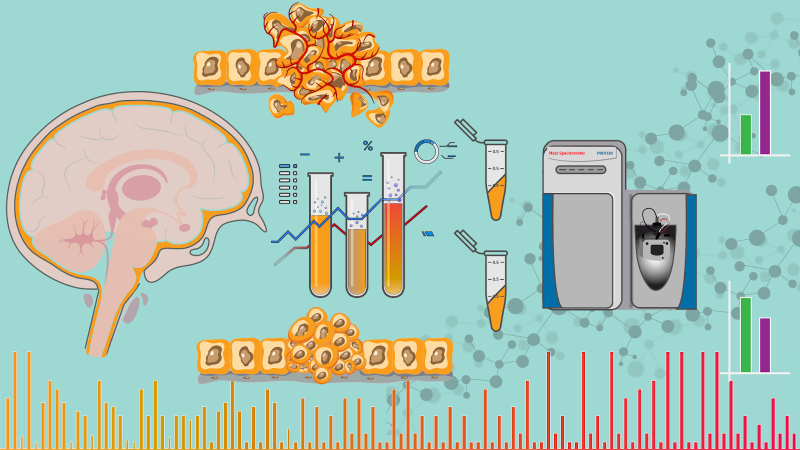

Acid rain is quite a popular term these days. Environmental scientists describe it as an adverse effect of increasing pollution due to recent human activities. But even before humans started evolving on earth, proof of acid rains have been found. It was around 250 million years ago; the most devastating case of mass extinction in earth’s history was caused by acid rain due to volcanic eruption in the Siberian region. It eradicated around 90% of marine and 70% of terrestrial species.
Acidity of rain is measured using the pH scale. The scale considers water as neutral (pH - 7). A pH of less than 7 is acidic and a pH greater than 7 is basic. Coffee is slightly acidic (pH - 5.5) whereas lemon juice is more acidic (pH - 2.5). This is a logarithmic scale, which means pH 4 is 10 times more acidic than pH 5 and 100 time more acidic than pH 6.
Surprisingly, rain is always acidic compared to water. Carbon dioxide in the atmosphere gets dissolved in the clouds to form a weak acid called carboxylic acid. So scientists consider a pH of 5.6 as neutral pH in the case of rainwater. Sulphur dioxide and Nitrogen dioxide, emitted from cars and various industries, make rainwater more acidic. Falling raindrops capture significant amount of these gasses and particles suspended in the air to form a complex mixture before arriving on the ground.
So how acidic could rainwater be? Studies say it could be as low as pH 2. This highly acidic water can directly affect human eye and skin. Fish and amphibians can die instantly. Leeching of nutrients from soil due to long term acidic rains leads to destruction of forest ecosystems. But fortunately, rains with high acidity are very rare. Alarmingly, acidic rains in highly polluted cities are being recorded all over the world.
